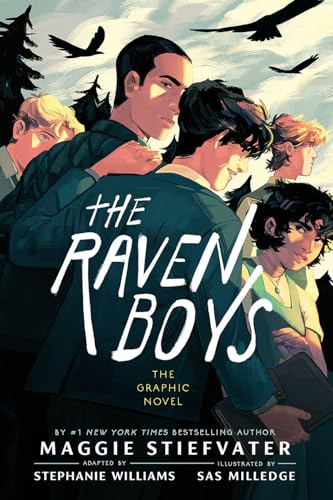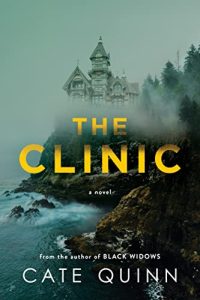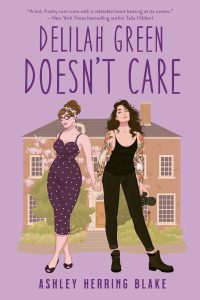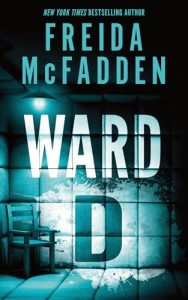
Maggie Stiefvater’s cult classic returns in a lavish new form with The Raven Boys, adapted by Stephanie Williams and illustrated by Sas Milledge. It is the first volume of The Raven Cycle reimagined as a full-color graphic novel, a project that asks a daring question: can a story famous for its interiority and lyrical prose thrive when translated into panels, expressions, and color palettes?
What the adaptation gets beautifully right
Atmosphere, front and center. Milledge’s pages hum with the eerie whimsy of Henrietta, Virginia. The ley lines glow, night scenes crackle, and Fox Way feels lived in. Color choices do heavy lifting, shifting from dusky blues to autumn golds to mark mood and magic. Several iconic beats land with fresh power in a visual medium, particularly the churchyard on St. Mark’s Eve, the hum of the line waking, and Noah’s quiet reveal. Readers who love the series for its melancholy, found family vibe will find that mood distilled, sometimes achingly, into single frames.
Character chemistry you can see. The ensemble energy is a draw. Blue’s bemused defiance, Gansey’s gentle obsession, Adam’s clenched resolve, Ronan’s knife-edge volatility, and Noah’s soft sorrow read instantly in body language and micro expressions. The adaptation is especially generous to Blue and Gansey; their wary curiosity and hovering fate radiate from the page in glances and negative space.
Visual storytelling that invites emotion. Several sequences use close-ups, repeated motifs, and page turns to deliver punch lines or gut punches. When it works, it works. The art taps the series’ themes of longing, prophecy, and devotion with a romantic, almost tarot-card sensibility.
Where longtime fans may bristle
Textual surgery is obvious. By the creators’ own admission in launch conversations, a large portion of the original text is cut. The result reads sleek, but sometimes skeletal. The choice to spotlight Blue and Gansey means Ronan and Adam lose definition early on. Key grounding details are trimmed or reassigned, so Ronan’s tenderness and ferocity, Adam’s class tension and scholarship stakes, and the bristling Gansey–Adam dynamic have less room to breathe. For a cycle whose engine is interior conflict, that is a meaningful tradeoff.
Motivation gets fuzzy. New readers may not fully grasp that Gansey seeks Glendower to claim a favor, the spine that aligns everyone’s choices. Hints surface late, which can make the quest feel like mood rather than mission. Likewise, compressing scenes around Adam’s family, the killing tree visions, or the consequences of violence reduces the setup for later volumes.
Production hiccups and readability. Some readers have noted lettering that runs tight and a few distracting on-page text errors. None is fatal, but in a prestige package they stick out. Pacing also tilts uneven in the final act as climactic sequences stack quickly without the novel’s scaffolding.
Does it stand on its own?
Yes and no. As a vibe-first, atmosphere-rich introduction, it is gorgeous and emotionally legible. As a replacement for the novel, it cannot supply the same psychological depth; internal monologue is the one thing a comic cannot easily replicate. The best way to approach this edition is as a companion: a visual haunting that amplifies mood, recasts set pieces, and lets you watch these characters move and breathe. For devoted readers, it will rekindle that Cabeswater ache. For newcomers who prefer panels to paragraphs, it offers a gateway into Stiefvater’s world, with the caveat that some nuance sits on the cutting room floor.
Verdict
Enchanting to look at, selectively told, and emotionally resonant when it slows down. If you read The Raven Cycle for its myth-drenched atmosphere, found family devotion, and the ache of fate brushing against first love, this adaptation delivers a feast for the eyes. If your favorite parts were the thorny interiorities of Ronan and Adam or the exacting architecture of the quest, expect a leaner, softer outline.
Recommended for visual readers, existing fans who want the story’s pulse in color, and anyone curious what happens when a lyrical YA classic is reframed as a graphic fable. Approach it as an illuminated companion rather than a definitive retelling and you will likely be charmed.


